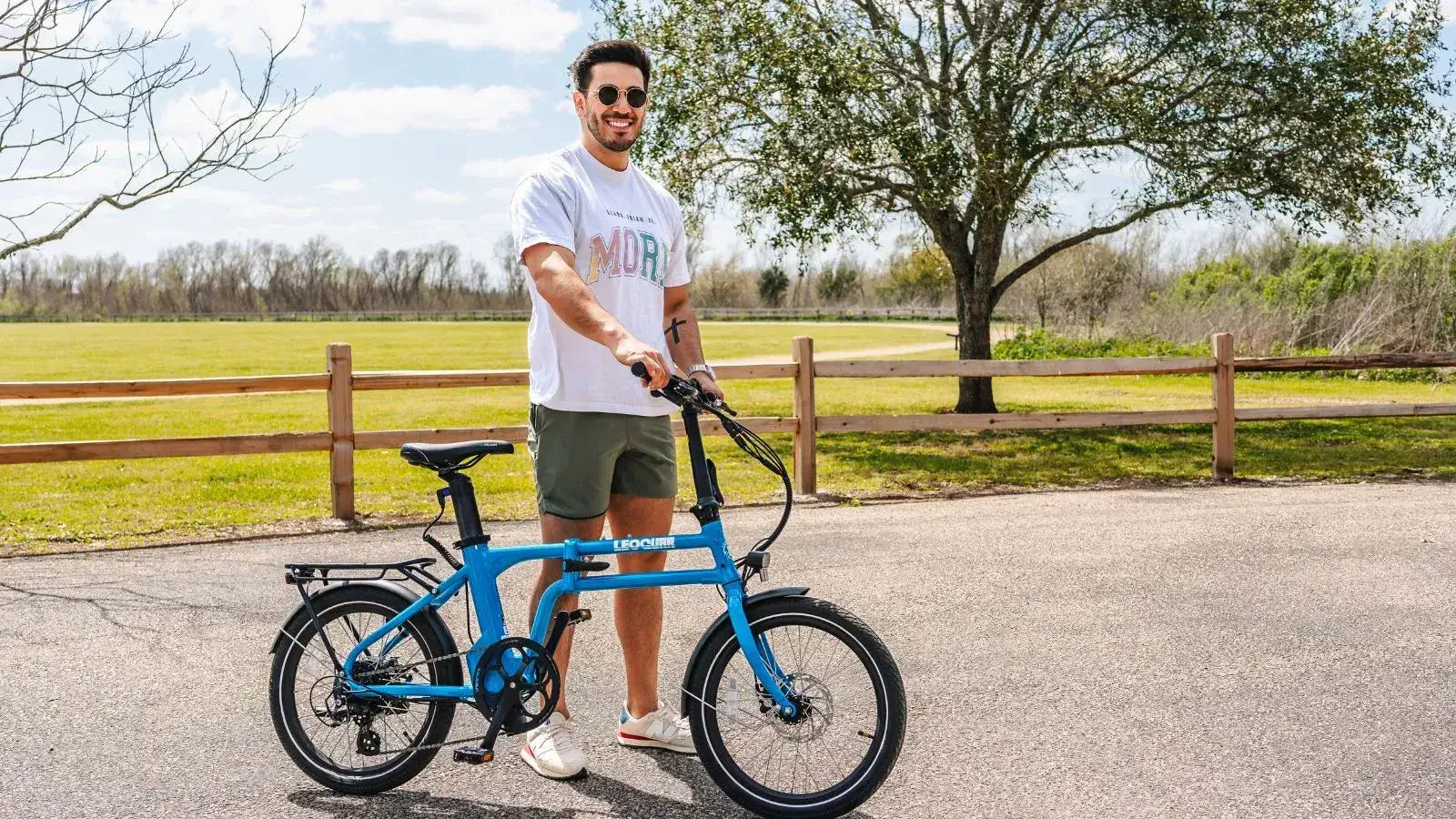
Electric Bike Test Ride Guide: Where & How to Try Before You Buy
Why Test Riding Matters
An electric bike test ride is not just a good idea—it's the most important step before buying. Online reviews give you data. But they can't tell you how a bike feels when you ride it. The way the weight sits, how smooth the motor feels, and how comfortable you are can only be learned by riding. A bike might have great parts, but if it doesn't feel right to you, it's not the right bike. This guide will show you where to find an electric bike test ride and how to test a bike the right way.
Top 4 Test Ride Places
Finding a place for an electric bike test ride is easier than ever. Each place has good points and bad points. Here are the top four options.
The Local Bike Shop
The local bike shop is often the best place to start your search. It's where you'll find community knowledge and hands-on help.
Pros: The biggest plus is personal service. You can talk with experienced workers who give honest advice about different brands they sell. They can adjust the bike to fit you and explain the differences between models. A local shop also helps with future repairs, care, and warranty work.
Cons: They only carry certain brands. If you want a bike that's only sold online, you won't find it here.
The typical shop experience starts with questions. A good worker will ask about how you plan to use the bike—how far you'll ride, what kind of roads, whether you'll carry things—before suggesting a bike. This personal approach helps first-time buyers a lot.

Brand-Specific Showrooms
Many big brands like Aventon, Rad Power Bikes, and Leoguar now have their own stores. These stores focus on just one brand.
Pros: These stores let you see and ride almost every model they make. The workers know their products very well, and the setting is relaxed and focused on your experience, not just making a sale.
Cons: The advice is one-sided. Their job is to sell you one of their bikes, so you won't hear how they compare to other brands.
E-Bike Expos and Demo Events
These are big events, often lasting a whole weekend, where many e-bike companies show their newest models. You can test ride lots of different bikes in one place.
Pros: This is the best way to test many different e-bikes from different brands in one day. Many events have test tracks with small hills and different surfaces that feel like real riding. It's a great way to quickly learn about different motor types and bike styles. For instance, large events like Electrify Expo help thousands of people test ride bikes, giving buyers many choices.
Cons: These events can be crowded and overwhelming. Test rides are often short, just a few minutes, and the events might only come to your area once a year or not at all. Some charge admission fees.
E-Bike Rental Shops
A rental shop is a smart choice that many people don't think about, especially those near tourist areas or bike paths. Renting gives you the longest test ride possible.
Pros: A rental is like the ultimate long test ride. You can take the bike for several hours or a whole day. This lets you ride your actual route, try the hills you'll face, and see how the battery lasts over time. It's the best real-world test you can get.
Cons: Their main business is renting, not selling. Workers might know the basics but not the details you need for buying. Also, rental bikes are often heavy-duty models built to handle lots of use, which might not be like the lighter, more specialized bike you want to buy.
Choosing Your Arena
With several options available, the best place for your electric bike test ride depends on where you are in your buying process. Making a smart choice can save time and help you decide better.
Which Venue is Right?
Each place serves a different purpose. Are you just starting to look, or are you choosing between your final picks? This table shows which place works best for your needs.
| Venue | Bike Variety | Staff Expertise | Ride Duration | Best For... |
|---|---|---|---|---|
| Local Bike Shop | High | Unbiased/Broad | Short | Beginners needing basic guidance and future support. |
| Brand Store | Brand-Specific | Biased/Deep | Short | Buyers who already picked a specific brand. |
| Expo/Event | Very High | Varies | Very Short | Riders who want to quickly compare many brands and motor types. |
| Rental Shop | Low | General | Long/Flexible | The final step: a real-world, long test of a similar bike model. |
Our Best Strategy
For a complete check, we suggest testing in stages. This path takes you from a broad look to a confident final choice.
-
Start at a Local Bike Shop: If you're new to e-bikes, begin here. Get a feel for the basic types like commuter, cruiser, and folding bikes, learn about motor differences, and get honest, basic advice.
-
Visit a Brand Store or Expo: If a specific brand interests you online, visit their showroom to see everything they make. Or, if an expo happens near you, go there to test many different brands one after another.
-
Rent for a Real-World Trial: Once you've picked one or two models, try to rent a similar bike for half a day. Take it on your commute, see how it handles the hill near your house, and find out if you can lift it onto your bike rack. This final step often shows the small details that make a big difference in long-term happiness.
The Pre-Ride Briefing
A good electric bike test ride starts before you get on the bike. Good preparation helps you use your time well and get the answers you need.
Do Your Homework
Come with a basic understanding of what you need. Quickly research the main types of e-bikes:
- Commuter: Made for efficiency and comfort on paved roads.
- Mountain: Built for off-road trails with strong suspension and powerful motors.
- Cargo: Made to carry heavy loads, from groceries to children.
- Folding: Focuses on being portable for mixed commutes or small living spaces.
Also, have a general budget in mind and a clear idea of your main use. This information helps shop workers guide you to the best models, saving you from testing bikes that aren't right for you.
What to Bring With You
Think of it as a checklist for success. Here's what you need.
Must-Haves:
- Photo ID and Credit Card: Most places need these for a deposit before they let you take out a bike worth thousands of dollars.
- Helmet: While shops have helmets you can borrow, bringing your own is cleaner and fits better.
- Right Clothing and Shoes: Wear what you would normally ride in. Closed-toe shoes are required. Don't wear loose pants that could get caught in the chain.
Good to Have:
- Backpack: If you plan to commute with a backpack, bring it to see how it feels while riding.
- Phone: To take a quick photo of the bike's information or model name for later.
- Small Notebook: To write down what you think right away. It's amazing how quickly the specific feel of a bike can fade from memory.
Key Questions to Ask
Before you start pedaling, talk with the workers. They are there to help.
- What is the motor type, hub or mid-drive, and how does that change how the ride feels?
- What is the battery's real range for my type of riding?
- What does the warranty cover, and for how long?
- What is the typical care schedule for this bike?
- How much does the bike weigh?
Most importantly, ask about electrical safety. Ask if the bike's battery and electrical system are certified to UL 2849 or UL 2271 standards. This certification shows safety and quality, and it's a must-have point highlighted by experts and safety certifications like those recommended by Consumer Reports.
The Test Ride Masterclass
You're ready and you've found a bike to test. Now, it's time for the ride itself. Follow this 5-point check to do a complete and useful test.
1. The Fit & Comfort Check
Before you move, check the fit. Stand over the bike with your feet flat on the floor.
There should be at least an inch of space between you and the top tube for safety. Sit on the seat and hold the handlebars. Does the riding position feel natural? Are you leaning too far forward or sitting too straight for what you like? Ask if the stem or handlebars can be adjusted to improve your position. A seat is easy to replace, but the original seat gives you an idea of the bike's intended comfort level.
2. The Power & Control Test
This is where you feel the electric part of the e-bike. Pay close attention to how the motor starts.
A bike with a torque sensor will feel very natural, as it smoothly adds to the pressure you put on the pedals. A cadence sensor is more like an on/off switch; it gives a set amount of power as soon as it knows you are pedaling, which can sometimes feel jerky. Start from a complete stop and see how the bike launches. Is the power smooth and predictable, or does it jerk forward? Try all the pedal-assist levels and feel the difference in power between each one. Is the change between levels smooth or sudden? Find a flat area and turn the assistance completely off, then pedal the bike. This shows you what it will be like to ride home if your battery ever dies. Is it manageable or too heavy?
3. Handling & Ride Quality
An e-bike's handling matters a lot, as they are heavier and faster than regular bikes. Find a safe, open area and test the brakes.
Get up to a moderate speed and apply them firmly. Do they feel strong and quick to respond? Good disc brakes, the standard on most quality e-bikes, should offer excellent stopping power with little effort. Take the bike through a few turns and see if it feels stable and planted, or if the weight feels unbalanced. The location of the motor and battery can really affect how confident you feel in corners. Don't just ride on perfect pavement. If possible, find a small hill to climb to test the motor's strength and ride over a slightly bumpy or rough patch to check the suspension and frame comfort.
4. The Practicality Audit
Think about how the bike will fit into your daily life. This is a big one.
Try to lift the front wheel, then the rear wheel. If possible, try to lift the entire bike a few inches off the ground. Can you handle its weight? Think about having to carry it up stairs to your apartment or lift it onto a car rack. As you ride, listen to the motor and notice how much noise it makes. Most modern mid-drives are very quiet, while some hub motors make a noticeable hum. Is the noise level okay with you? Look at the display while riding and see if it's easy to read in the sunlight. Are the controls for changing assist levels easy to understand and use without taking your eyes off the road?
5. The Post-Ride Debrief
As soon as you finish, grab your notebook. Write down your thoughts right away.
What did you love? What felt wrong? Note the bike's model name, motor type, and your overall feeling. If you test multiple bikes in one day, these notes will be very helpful for comparing them correctly later on.
Common Mistakes to Avoid
Even with good intentions, it's easy to make a few common errors during an electric bike test ride. Staying away from these problems will make sure your test is truly helpful.
The Parking Lot Only Ride
The biggest mistake is only testing your ride in a flat, empty parking lot. This tells you almost nothing about how the bike will work in the real world.
You won't learn how it climbs, how it handles bumps, or how the brakes work on a downhill. Always ask if you can take it for a short ride on an actual street or bike path. Don't be fooled by the raw power of a high-performance electric mountain bike.
Forgetting Your Use Case
But if your daily reality is a 5-mile city commute, that bike is too much and not practical. Keep asking yourself: "Is this bike right for what I will actually be doing 95% of the time?" Don't buy a bike for the rare occasion; buy it for everyday use.
Ignoring the Weight
During a short ride, an e-bike's weight, often 50-70 pounds, is hidden by the motor's help. But you will have to deal with that weight every day.
You'll need to move it in a garage, possibly lift it over a curb, or carry it up stairs. The lift test is not optional—it's a critical part of checking if it's practical. Riders new to e-bikes often don't realize how much faster they will be going.
Not Testing Brakes Enough
A bike that easily reaches 20-28 mph needs powerful, reliable brakes. Don't just gently squeeze them and find a safe spot to do a few firm, controlled stops to really feel their power and control.
Making Your Final Decision
The goal of an electric bike test ride is to find where the written specs and real-world feel meet. A complete process, from preparation to the post-ride notes, removes the guesswork and gives you confidence.
You are gathering the information needed to understand not just which bike is good, but which bike is good for you. After you've done your research, asked the right questions, and completed a meaningful test, trust what you felt. The perfect e-bike is the one that feels like part of yourself—the one that makes you smile and makes you want to get out and ride.
By following this guide, you are well on your way to finding that perfect ride.
FAQ
How long should an electric bike test ride be?
A good test ride should last at least 15-20 minutes to get a real feel for the bike. This gives you enough time to try different assist levels, test the brakes, and see how the bike handles various conditions. If possible, try to rent the bike for a few hours or a full day for the most complete experience.
Do I need to bring anything special for a test ride?
Yes, you should bring a photo ID and credit card for the deposit most shops require. Bring your own helmet if you have one, wear closed-toe shoes, and dress in clothes you'd normally ride in. Consider bringing a backpack if you plan to commute with one, and a notebook to write down your thoughts.
Can I test ride an electric bike if I've never ridden one before?
Absolutely! Most bike shops are happy to help beginners and will give you a quick explanation of how the electric assist works before you ride. Start in a safe, open area and begin with the lowest assist level to get comfortable with how the motor feels.
What's the difference between testing at a bike shop versus an expo?
Bike shops offer longer rides, personalized service, and unbiased advice across multiple brands, but have limited inventory. Expos let you test many brands quickly in one place, but rides are shorter and more rushed. For beginners, start at a bike shop; for comparing many options, try an expo.
Should I test ride in different weather conditions?
If possible, yes. Rain or wind can significantly affect how an e-bike feels and performs. However, most test rides happen in good weather for safety reasons. If you plan to ride in various conditions, ask the shop staff about how the bike performs in different weather and consider renting for a longer period when you can experience different conditions.



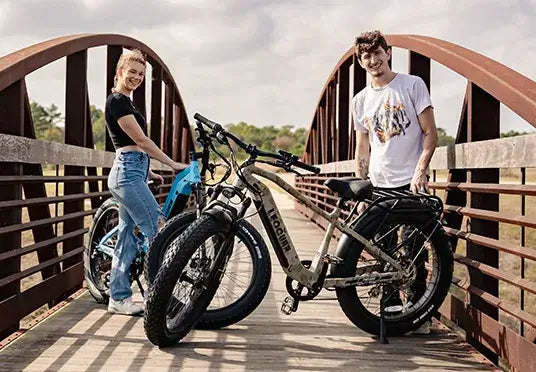
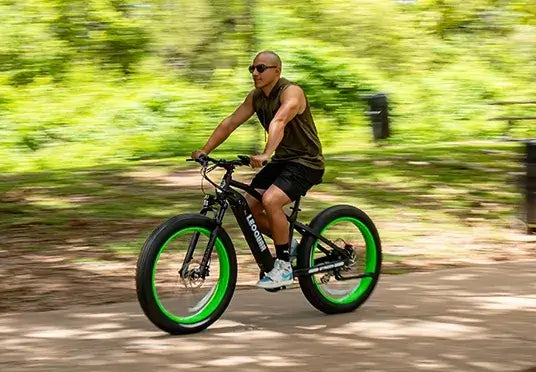
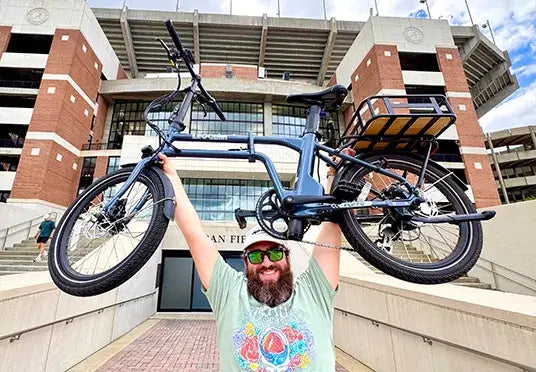
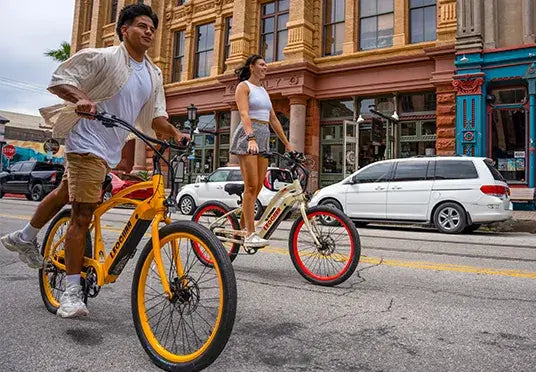
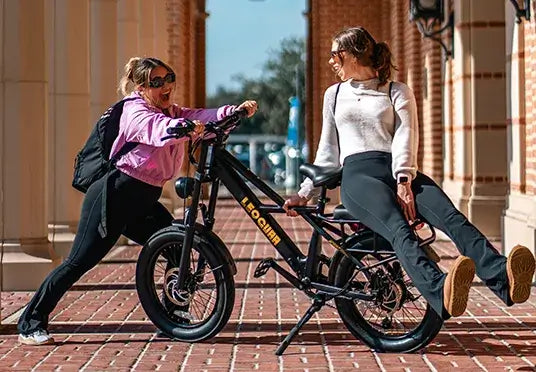
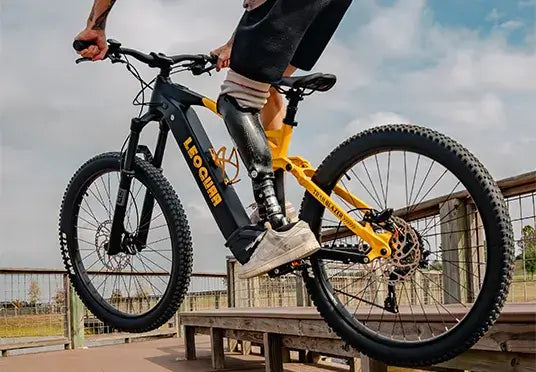
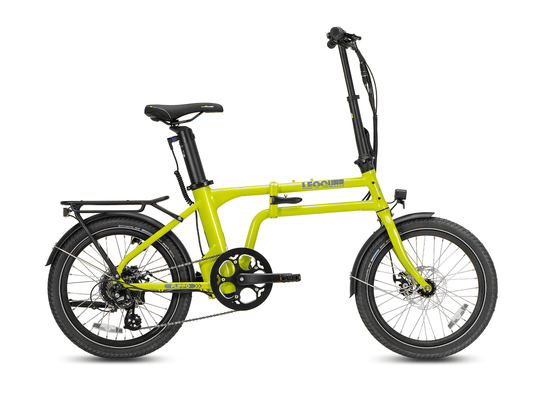
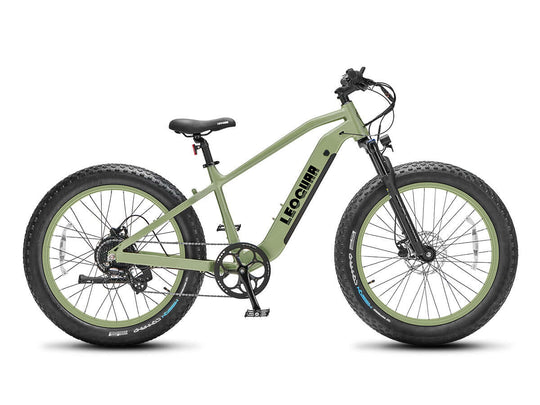
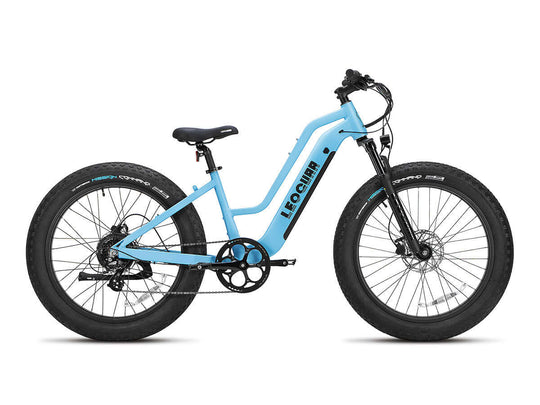
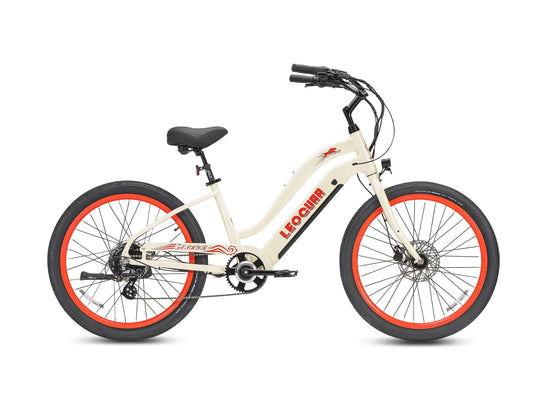
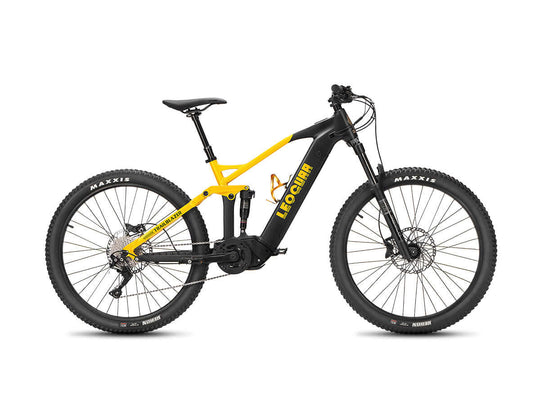
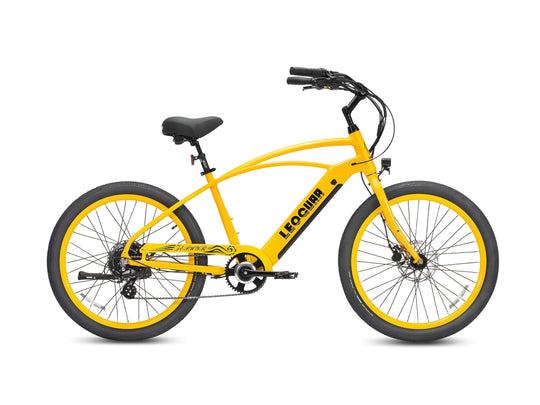
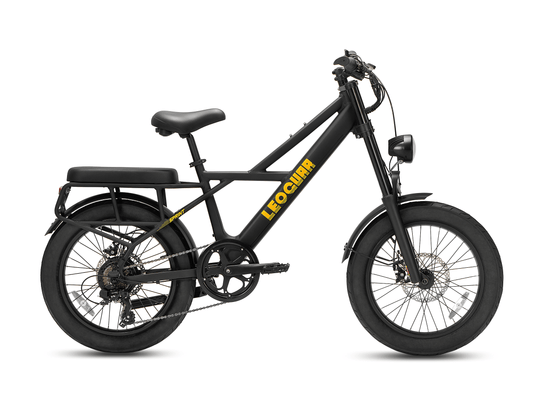
















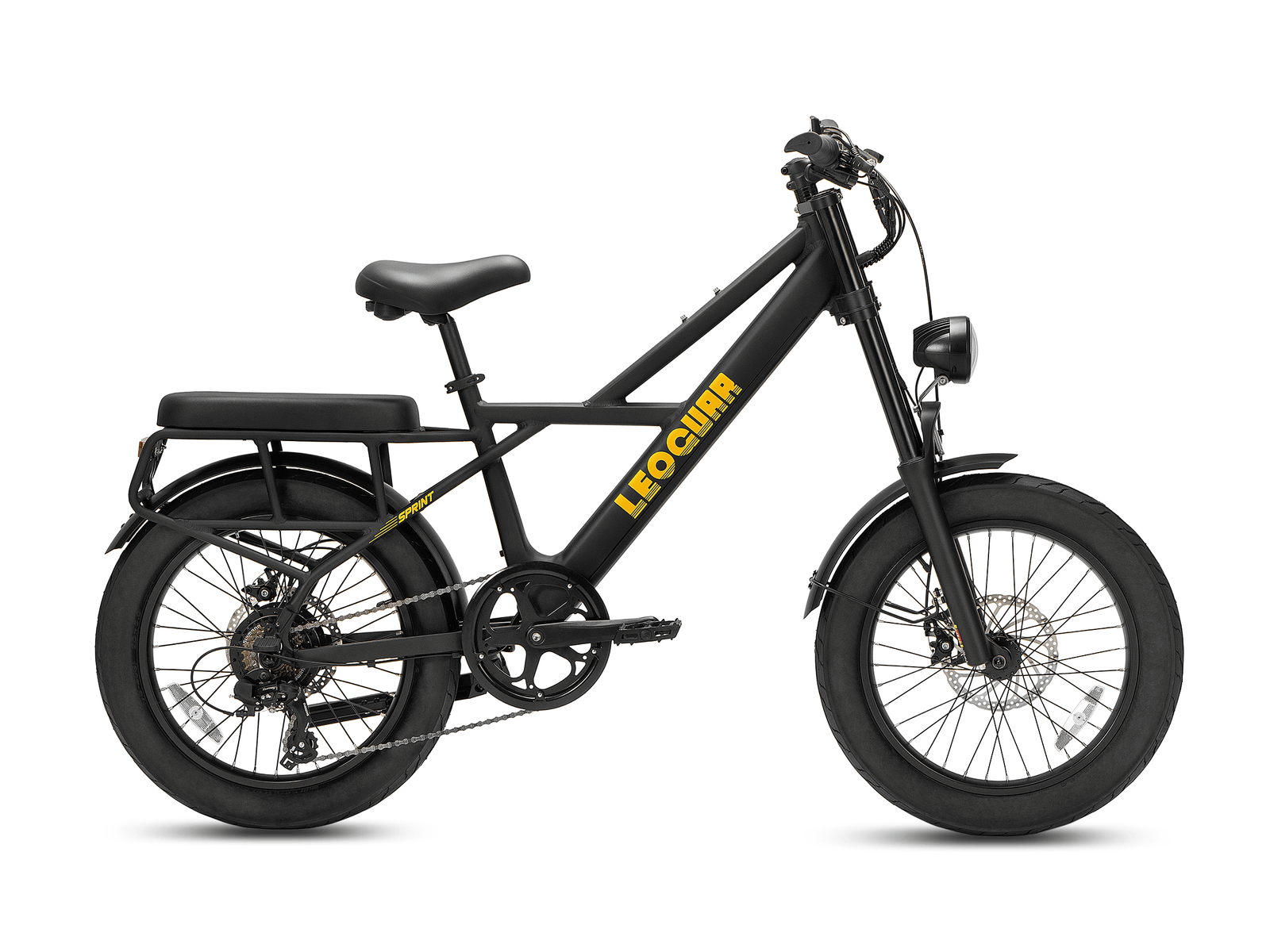








Leave a comment